Immigration: a safety valve for Pakistan
Migrants provide two types of skills the Americans don’t have
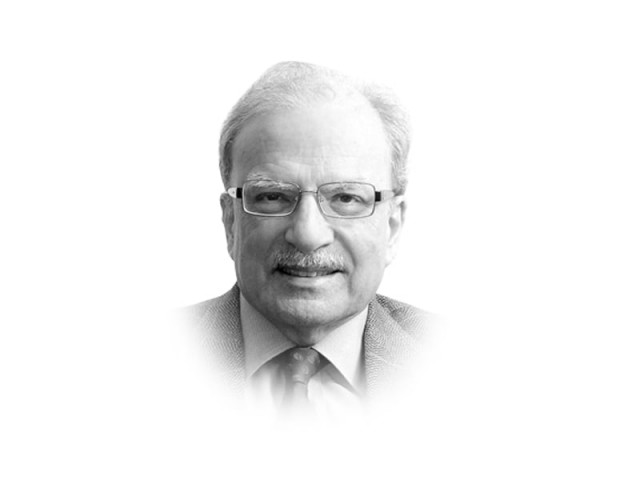
If you are a reasonably educated and trained Pakistani and finds that available jobs in the country don’t compensate well, migrating to the United States and Western Europe is a welcome option if all the hurdles pit in the way by the preferred destinations can be overcome. Despite the difficulties in making the move, a large number of people are entering America, many of them — as discussed below — are from South Asia. As America heads for another presidential poll in November 2024, immigration has become a major issue. Donald Trump, when he held office from 2017-2021, was openly against bringing new people into the country, especially if they were non-white and followed the Muslim faith. But those given to more sober reflection, recognise that immigration has always played a positive role in the American system, particularly in its economy.
America has pulled out of economic difficulties brought about by the Covid pandemic that raged in the years 2020 to 2021 and took more than a million lives. The American economy has recovered more rapidly than was expected, even by the Federal Reserve Bank, the country’s central bank. This has happened largely because of the growth in the country’s work force which has risen by more than 2.9 million people working in the economy since the end of the pandemic. Paul Krugman, the Novel Prize winning economist, who writes a regular column for The New York Times focused on the role immigration had played in reviving the American economy.
In an article titled, ‘Immigration makes the U.S. economy stronger and richer’, he saw the arrival of foreigners into the country and joining the workforce as a “positive force”. How much of the recent and unexpected high was rate of growth of the US economy was the result of the arrival of the foreigners joining the country’s work force? His answer: “All of it. The local born work force declined slightly over the previous four years, reflecting the aging population while we added three million foreign-born workers to the domestic work force,” he wrote. “Did these foreign-born workers take away jobs from Americans citizens — in particular native born Americans,” asked Krugman in the above quoted article. His answer: “No. America in early 2024 had full employment, with consumers who say that jobs are ‘plentiful’ outnumbering those saying jobs are ‘hard to get’ by almost five to one.” In fact, the economist argues that “the influx of foreign-born workers has held the native born. There’s large research literature on the economic impact of immigration, which consistently fails to find the predicted negative effects on employment and wages. Instead, immigrant workers often turn out to be complementary to the native-born work force, bringing different skills that, in effect help avoid bottlenecks and allow faster job creation.”
Migrants provide two types of skills the Americans don’t have in the number needed by the economy, in fact by the type of the economy that is developing in the country. Silicon Valley, for instance, hires a lot of foreign-born engineers because they bring something additional to the table. You can’t help noticing — when you walk in the streets of towns, such as Seattle and San Francisco — the many South Asia faces you come across. A large number of these are from south of India, the part the country which has developed a large and vibrant technology industry. Pakistani migrants are virtually absent from this part of the United States economy. However, Pakistani doctors have taken up the jobs in rural America — the places to which Americans are reluctant to locate.
India was the largest contributor to the formal immigration of the workforce. I underscore the word “formal” since a much larger number of immigrants find their way into the United States by illegal means. Despite the efforts made by the administrations headed by Presidents Barack Obama, Donald Trump and Joe Biden, it has proved difficult to stem the flow of illegal immigrants across the highly porous United States frontier with Mexico. Most of those taking the enormously difficult and dangerous route to reach the United States border do so because of the difficulties they face at home. The majority comes from the countries in Central Asia, the region I became very familiar with in the late 1990s when I worked at the World Bank as Vice President in charge of Latin America and the Caribbean. With the exception of Costa Rica, the countries in the region have weak economies and great deal of domestic violence. Gangs of young people find violence more productive than low-paying jobs in their economies.
The path they take to reach the United States is difficult and dangerous. It is both physically hazardous and also patrolled by gangs of criminals who attack the would-be migrants and take from the way the few possessions they have. Central Americans apart, there are now a large number of South Asians trying to enter the United States but the route they take is through mostly legal channels. Looking at South Asian migrants tells an interesting story. In 2017, the United States Census Bureau published some data according to which 4.4 million people entered the United States. Of these the Indians accounted for the largest number, more than half the total. The next group, in terms of numbers, was migrants from Bangladesh who numbered 800,000. The number of Pakistanis coming into the United States was estimated at 450,000, the third largest group from South Asia. Nepal sent 182,000 to America, a surprisingly large number given the size of the country. Sri Lanka accounted for 52,000 while the migrants from Bhutan numbered 52,000. Even the tiny country of Bhutan had a presence of 52, 000 people in America. There were 127 Maldives nationals who were counted to be living in the United States.
Krugman’s above noted article concludes with an interesting statement. “So while the mess at the border needs to be fixed — and could be fixed if the Republicans would help solve the problem instead of exploit it for political advantages…” Interesting data are available on the physical distribution of South Asian migrants in the United States. There is now a concentration of people from South Asia in some states and cities which will have political consequences. I will take up this subject in a later article.
Published in The Express Tribune, February 12th, 2024.
Like Opinion & Editorial on Facebook, follow @ETOpEd on Twitter to receive all updates on all our daily pieces.

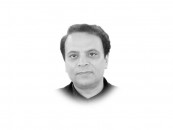

1729685382-0/Untitled-design-(57)1729685382-0-208x130.webp)



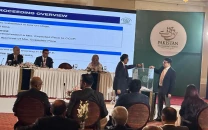
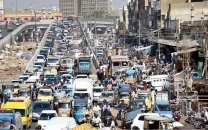

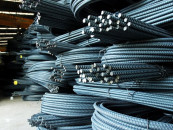
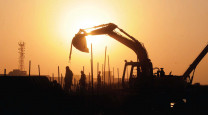
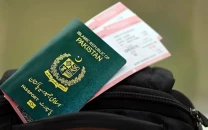


COMMENTS
Comments are moderated and generally will be posted if they are on-topic and not abusive.
For more information, please see our Comments FAQ